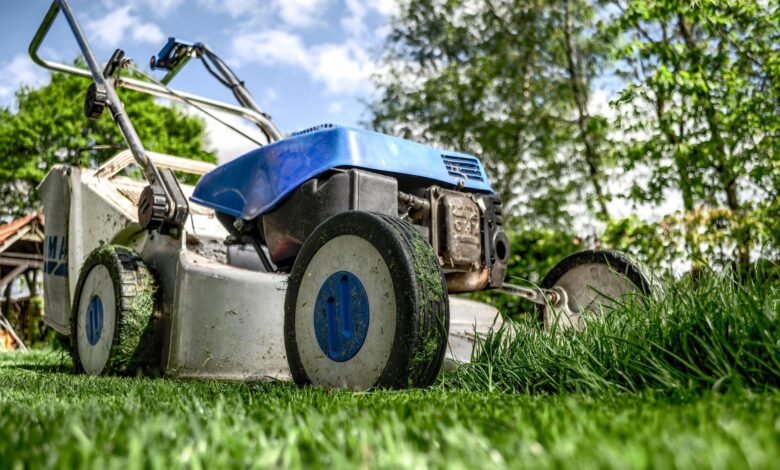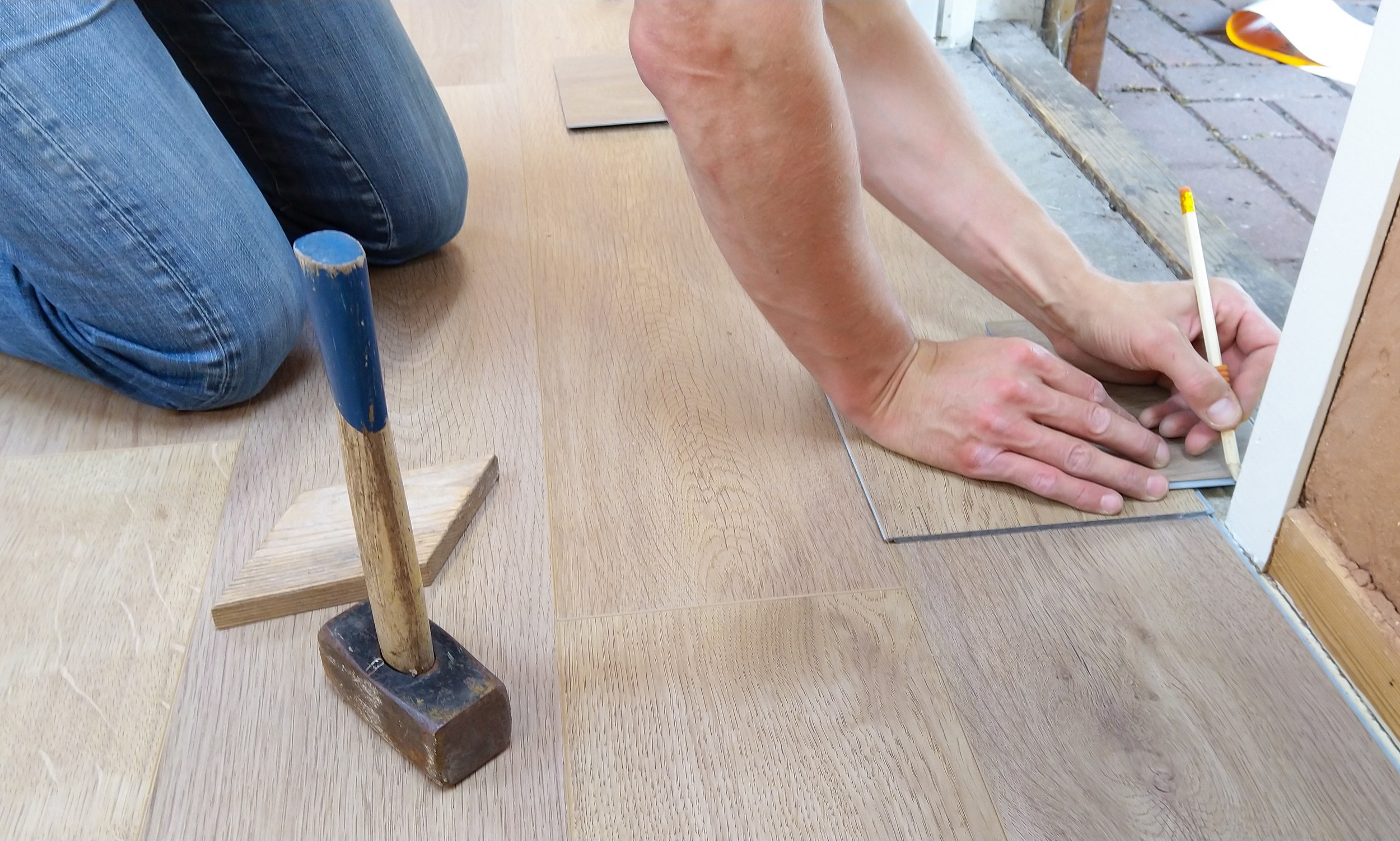How to Install DIY Lawn Sprinklers for Water Conservation

Conserving water is a shared responsibility, yet a beautiful, lush lawn remains a homeowner’s pride. Thankfully, it’s possible to maintain your green oasis while being mindful of water consumption. This guide will walk you through the process of installing Do-It-Yourself (DIY) lawn sprinklers designed with water conservation in mind.
With these straightforward steps, you’ll keep your lawn in splendid condition and contribute towards a sustainable future.
Table of Contents
Why Install DIY Lawn Sprinklers for Water Conservation?
Before diving into the installation process, it’s crucial to understand why installing DIY lawn sprinklers is a step toward water conservation. Here are some reasons to consider:
- Saves water – Traditional irrigation methods can waste up to 50% of their water due to evaporation, runoff, and overspray. DIY lawn sprinklers can be set up to use water efficiently, reducing waste and lowering your water bill.
- Customizable for your lawn – One size does not fit all when it comes to lawns. Each yard has unique dimensions, shapes, and landscaping elements. DIY lawn sprinklers can be tailored to suit your specific needs, ensuring that every inch of your lawn receives adequate water.
- Easy to maintain – DIY lawn sprinkler systems are relatively simple and easy to maintain. With some basic knowledge, you can troubleshoot any issues and keep your system functioning optimally.
- Environmentally friendly – Using less water, DIY lawn sprinklers contribute to conserving a precious natural resource. Additionally, they also reduce the use of harmful chemicals that may be present in traditional irrigation methods.
Step-by-Step Guide to Installing DIY Lawn Sprinklers
Now that you understand the benefits let’s dive into the installation process. Follow these steps for a successful DIY lawn sprinkler installation:
- Plan and design your system – Take some time to plan and design your lawn sprinkler system. Consider the lawn layout, landscaping elements, and any obstacles affecting water distribution.
- Gather necessary materials – You’ll need PVC pipes, sprinkler heads, connectors, fittings, a pipe cutter or hacksaw, and other tools to complete the installation. If you don’t have all the tools and materials, it’s best to hire professionals by contacting them here.
- Prepare the area – Before digging, call your local utility companies to ensure you don’t hit any underground pipes or cables. Mark out the area where you’ll be laying your pipes.
- Install main water line – Using a trenching shovel, dig a trench for the main water line. Lay the PVC pipe and secure it with fittings and connectors.
- Add lateral lines – From the main water line, dig trenches for the lateral lines that will supply water to your sprinkler heads. Install the pipes, making sure they are level and secure.
- Install sprinkler heads – Use a pipe cutter or hacksaw to cut off sections of PVC pipe as needed and attach the sprinkler heads using appropriate fittings.
- Connect to the main water source – After all the sprinkler heads have been installed, connect the main water line to your outdoor faucet or irrigation system.
- Test and adjust – Turn on the water and test each sprinkler head to ensure they work correctly. Make any necessary adjustments to ensure proper coverage.
- Backfill and clean up – Once everything is in working order, backfill the trenches and clean up any excess debris.
- Regular maintenance – Keep your DIY lawn sprinkler system in good working condition by checking for leaks, adjusting head angles, and clearing any clogs or obstructions.
Factors to Consider for Maximum Water Conservation
While the installation process is critical, there are other factors to consider to ensure maximum water conservation with your DIY lawn sprinklers:
- Watering schedule – Set a watering schedule that considers the specific needs of your lawn and the local climate. Avoid watering during peak daytime hours when evaporation rates are highest.
- Adjust according to weather – Make adjustments to your watering schedule depending on the weather. During periods of rain, turn off your sprinklers to avoid overwatering.
- Regular maintenance – Regularly check for leaks and adjust your sprinkler heads as needed. A well-maintained system will use water more efficiently.
- Consider adding a rain sensor – Installing a rain sensor can automatically turn off your sprinklers during rainfall, preventing unnecessary watering.
Conclusion
By installing DIY lawn sprinklers for water conservation, you can enjoy a beautiful and healthy lawn while being mindful of the environment. With proper planning, installation, and maintenance, you can reduce water waste and contribute towards creating a more sustainable future. So go ahead and give it a try – not only will you save water and money, but you’ll also have a sense of pride in knowing you’re doing your part to conserve this precious resource.





